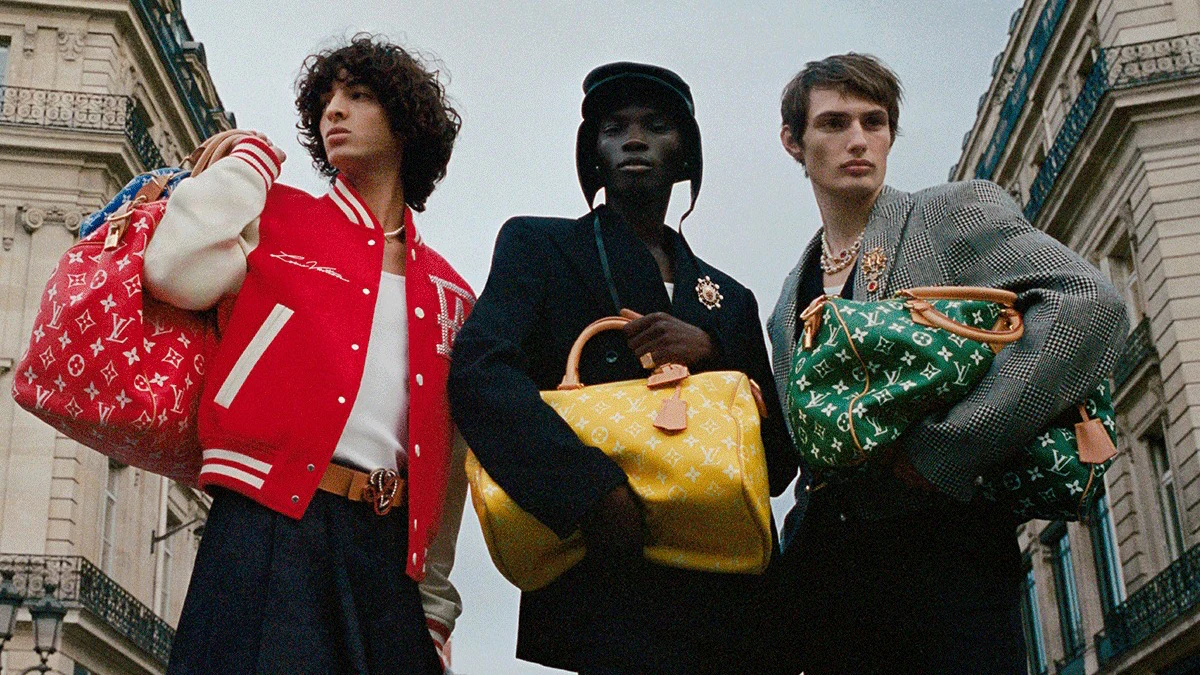In this opinion piece, we delve into the future of the luxury industry and explore the challenges and opportunities that lie ahead for luxury brands in 2024. Drawing insights from multiple sources, we analyze market growth, rising consumer expectations, the plight of turnaround brands, the emphasis on cultural capital and core values, and the rise of quiet luxury. Join us as we explore the evolving landscape of the luxury market and what it means for brands striving for excellence and relevance in the coming year.
1. Market Growth: A Deceleration in the Luxury Sector
As we enter the new year, the luxury industry finds itself at a pivotal moment. After experiencing a rollercoaster ride during the pandemic years, the luxury sector is now preparing to confront a new set of challenges and opportunities. One of the key predictions for the luxury market in 2024 is a significant deceleration in market growth.
According to Équité Research and other consultancies, market growth is expected to stabilize at historical rates of approximately 4-7 percent across all regions. This marks a departure from the unprecedented appetite for luxury that characterized the post-pandemic era. Brands are now strategizing for steady and sustainable growth, acknowledging the need for long-term brand equity instead of pursuing easy growth paths.
This recalibration in the luxury market is not just a temporary slowdown but a significant shift in the industry. Brands that have focused on building long-term brand equity are emerging as winners, while those that have prioritized short-term gains are facing losses. The market is demanding excellence in execution and a focus on creating brand substance. It’s a signal that impulsive purchases are giving way to more thoughtful consumption.
2. Rising Consumer Expectations in the Luxury Market

Consumers in the luxury market are growing increasingly discerning, especially after the significant price hikes implemented by numerous brands during the pandemic. With elevated price points, clients expect to receive considerably more value for their investment. However, many brands are struggling to meet these heightened expectations.
Conversations with brand leadership teams and ultra-high-net-worth individuals globally reveal a common sentiment: client experiences are falling short of brand promises. This disparity extends beyond service delivery to product quality and craftsmanship in some cases. Brands that have attempted rapid growth by cutting corners are now facing the consequences, as clients rigorously scrutinize brands and demand value and authenticity in exchange for their loyalty.
This shift in consumer expectations also reflects the increasing influence of Gen Z in luxury purchases. This digitally connected generation has higher expectations than their predecessors and seeks brands with a clear personality and a distinctive brand story. Brands that fail to connect with these young consumers could face significant challenges, considering that Gen Z now constitutes over 20 percent of luxury purchases worldwide and around 30 percent in China.
3. Challenges for Turnaround Brands
In 2024, brands undergoing a reset, such as Gucci, Burberry, and Ferragamo, are likely to face a tough year. These brands are still in the process of strengthening their brand equities and may find it difficult to compete against others with more established brand identities and values.
Many underperforming brands are also relatively overexposed to multibrand retailers, further complicating their challenges. For example, Farfetch is grappling to stay relevant in a rapidly changing world of client expectations. Luxury brands in turnaround mode must address issues related to brand storytelling, client relevance, sales channels, quality improvement, and brand experiences simultaneously to inspire their audiences.
In this industry, playing it safe has always meant playing to lose. Brands that are currently resetting must embrace audacious, daring, and distinctive creative approaches. Creativity is crucial in the luxury industry, and being perceived as boring is akin to a death certificate.
4. Emphasizing Cultural Capital and Core Values
:quality(70)/cloudfront-eu-central-1.images.arcpublishing.com/businessoffashion/IPG3SW655NERLKLRNKKKHCER4U.jpg)
While some brands struggle to find their footing, industry leaders are excelling and expanding their lead. Brands like Louis Vuitton and Hermès are focusing on reinforcing their core values and cultural capital, setting themselves apart from the competition.
Louis Vuitton’s appointment of Pharrell Williams has proven to be a catalyst in creating cultural capital. The brand is excelling in all areas, showcasing the importance of innovation and relevance in today’s luxury market. On the other hand, Hermès, with its iconic Birkin bag, stands as a trusted brand that clients turn to for long-term investments.
The best-performing brands in 2024 are expected to prioritize authenticity, brand heritage, and a unique narrative. Consumers increasingly value brands that stay true to their essence while creatively expressing their values. This strategic focus aligns with the changing consumer mindset and positions these brands to take the lead in the luxury market.
5. The Rise of Quiet Luxury
Quiet luxury, characterized by a shift towards quality and substance over ostentation, is set to prevail in 2024. This trend reflects a growing consumer preference for refinement, craftsmanship, and core values, departing from the fast and conspicuous consumption patterns of the past.
Luxury clients are seeking brands that prioritize excellence in craftsmanship and deliver meaningful brand experiences. The winners in the luxury market will be those who inspire and create cultural relevance while upholding the highest standards of quality. Brands that fail to rise to the occasion and meet the evolving demands of luxury clients may struggle to thrive in the coming year.
Conclusion
As we look ahead to 2024, the luxury industry faces both challenges and opportunities. Market growth is expected to decelerate, demanding a shift towards sustainable and long-term brand equity. Rising consumer expectations, particularly from Gen Z, require brands to deliver value and authenticity in exchange for loyalty. Turnaround brands must navigate multiple challenges while embracing creativity and pushing boundaries. Industry leaders are focusing on cultural capital and core values to maintain their position at the forefront. The rise of quiet luxury signifies a shift towards craftsmanship and substance over ostentation. By staying true to their essence and meeting evolving consumer demands, luxury brands can thrive in the ever-changing landscape of the luxury market.
